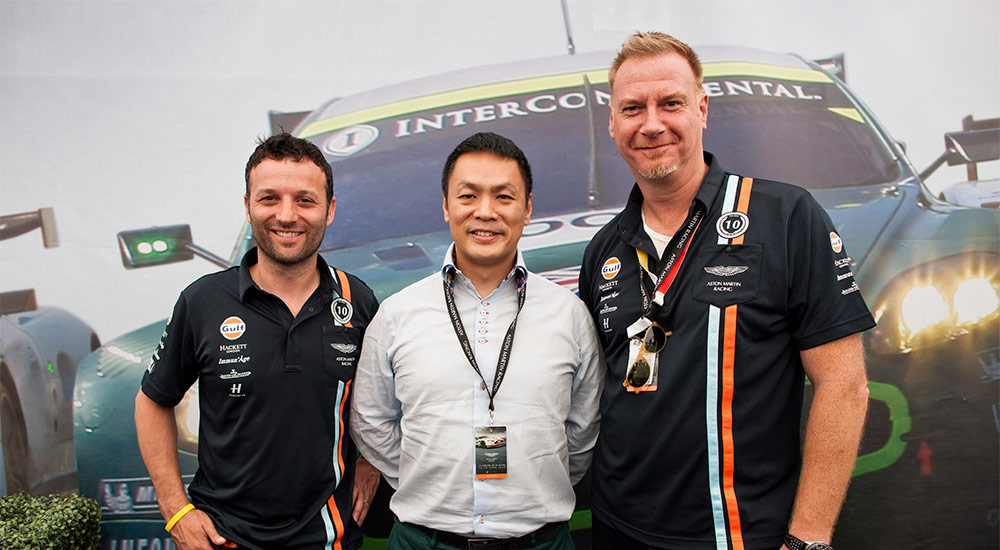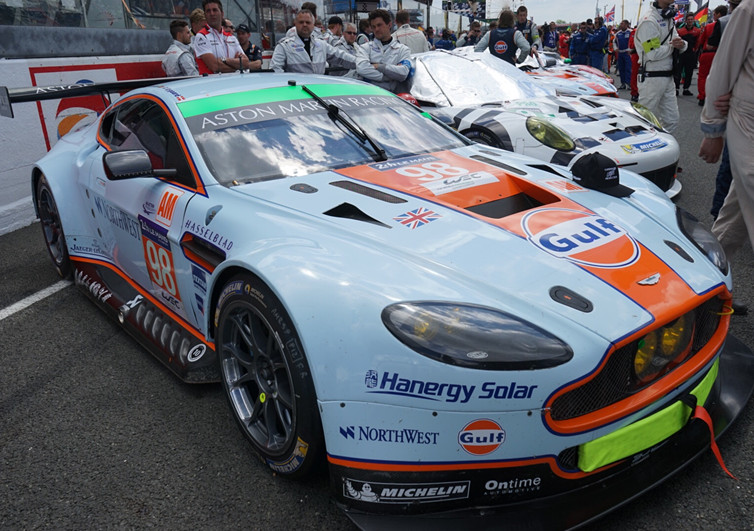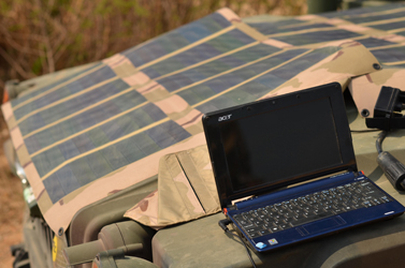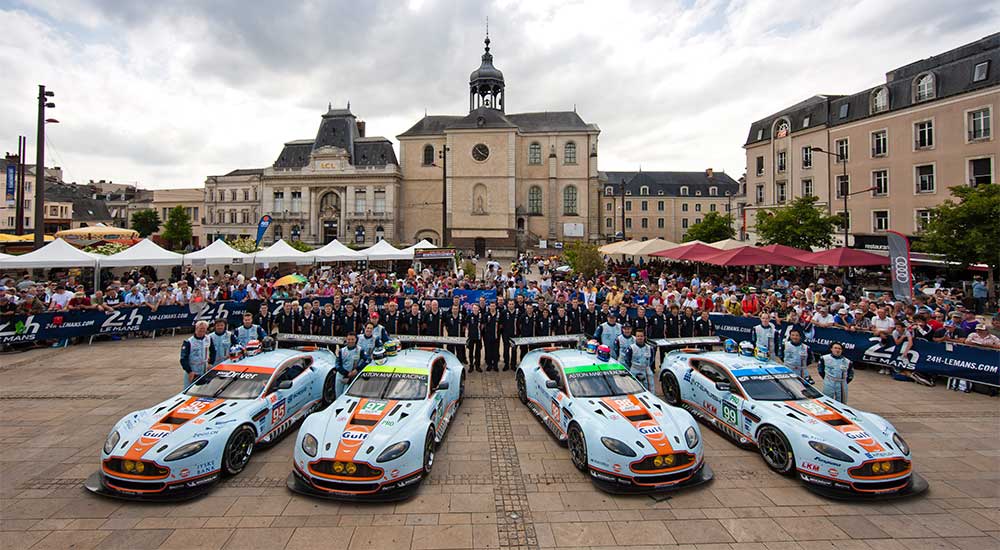by Johnson
In a major announcement Aston Martin Racing, famous for the James Bond car, has signed a partnership agreement with solar technologies experts Hanergy Global Solar Power & Applications Group, in a project exploring how the sun’s energy can be used to improve race car performance at the pinnacle of sportscar racing, the FIA World Endurance Championship (WEC).
The 24 Hours of Le Mans is the world's oldest active sports car race in endurance racing, held annually since 1923 near the town of Le Mans, France, and is one of the most difficult of races with teams having to balance car’s speed with the cars' ability to run for 24 hours without sustaining mechanical damage, and manage the cars' consumables, primarily fuel, tyres, and braking materials. The endurance of the drivers is likewise tested, as drivers frequently stay behind the wheel for over two hours before handing duties over to a relief driver during a pit stop. Drivers then grab what food and rest they can before returning to drive another stint. Current race regulations mandate that three drivers share each competing vehicle.
Jason Chow, Executive President of Hanergy Global Solar Power & Applications Group explains, “We are interested in adapting our world leading thin film solar technologies for cars, so that, for example, a thin layer of cells can be applied to the roof or rear windscreen to power the air-conditioning or other ancillary functions without affecting the performance of the car or using the fuel or battery source.”
As part of its ambitious growth plans, Hanergy Solar is exploring wider applications of its technologies, investigating how solar power can be incorporated into many new areas to improve efficiency and enhance performance. In doing so it has turned to Aston Martin Racing for its latest project.
As part of its ambitious growth plans, Hanergy Solar is exploring wider applications of its technologies, investigating how solar power can be incorporated into many new areas to improve efficiency and enhance performance. In doing so it has turned to Aston Martin Racing for its latest project.
“The engineers at Aston Martin Racing are helping us to apply our technology and eventually to put it to the test in the most extreme of automotive environments.”
In line with current FIA WEC regulations, GT cars must be fitted with an air conditioning system that keeps the temperature of the cockpit below 32 degrees centigrade or 12 degrees below ambient temperature.
High temperatures in the race car can have extremely negative affects on drivers and, with the WEC travelling to hot destinations such Austin and Bahrain, it is a concern for all of the teams. However, running air conditioning causes loss of power to the engine and negatively affects the car’s fuel efficiency.
In line with current FIA WEC regulations, GT cars must be fitted with an air conditioning system that keeps the temperature of the cockpit below 32 degrees centigrade or 12 degrees below ambient temperature.
High temperatures in the race car can have extremely negative affects on drivers and, with the WEC travelling to hot destinations such Austin and Bahrain, it is a concern for all of the teams. However, running air conditioning causes loss of power to the engine and negatively affects the car’s fuel efficiency.
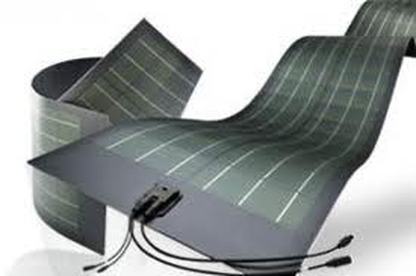
Hanergy has just completed the acquisition of Global Solar Energy, Inc., a manufacturer with the world’s leading copper indium gallium diselenide (CIGS) solar technology. In the past year, Hanergy has acquired Solibro and MiaSolé, both leading players in the CIGS technology field. It is also considering acquisition of Solyndra, SoloPower, and Nanosolar as well.
“It’s a bit of a balancing game at the moment,” explained Dan Sayers, Chief Engineer at Aston Martin Racing. “The air conditioning system uses engine power, however, keeping the drivers cool and more comfortable is essential. If we can find a solution that keeps the driver cool without the negative effects on performance then it could have a really positive impact on GT racing.”
Aston Martin Racing is continually improving the comfort of its range of Vantage race cars that compete in championships around the world and the technology could be introduced to the V12 Vantage GT3 and V8 Vantage GT4 once developed.
Aston Martin Racing is continually improving the comfort of its range of Vantage race cars that compete in championships around the world and the technology could be introduced to the V12 Vantage GT3 and V8 Vantage GT4 once developed.
“We aren’t looking at solar power technology for our race cars because it is a green option,” explains Aston Martin Racing’s Team Principal John Gaw. “We are looking at how we can use the power of the sun to improve the comfort of our race cars for our drivers and therefore increase our performance on track. However, we are looking at how we can improve our green credentials as a business now that we are moving to new premises.”
Prodrive, which runs Aston Martin Racing on behalf of the famous brand will move to new premises in Banbury next year, so the company is also investigating how Hanergy’s solar technologies can be integrated into the new building to improve efficiency.
Prodrive, which runs Aston Martin Racing on behalf of the famous brand will move to new premises in Banbury next year, so the company is also investigating how Hanergy’s solar technologies can be integrated into the new building to improve efficiency.
The project will run throughout 2014 with the engineers developing the technology at Aston Martin Racing’s premises ahead the next round of the WEC, the Six Hours of Austin, at the Circuit of the Americas.
About Hanergy Solar Group
Hanergy Solar Group is the world’s leading thin-film photovoltaic technology enterprise with major businesses in R&D, design and assembly of large-scale thin-film solar turnkey production lines, as well as the development and operation of downstream solar power projects and application products. Hanergy Solar Group entered the solar power industry and grew rapidly since 2009, by continuing to fulfill the equipment sales agreements of thin-film solar turnkey production lines, and further extending the business to the downstream area of solar power.
About Hanergy Solar Group
Hanergy Solar Group is the world’s leading thin-film photovoltaic technology enterprise with major businesses in R&D, design and assembly of large-scale thin-film solar turnkey production lines, as well as the development and operation of downstream solar power projects and application products. Hanergy Solar Group entered the solar power industry and grew rapidly since 2009, by continuing to fulfill the equipment sales agreements of thin-film solar turnkey production lines, and further extending the business to the downstream area of solar power.
Final Words
Looking at the way companies are investing on Solar technologies on vehicles for electric mobility, I feel that if Solar Panels can power Air Conditioners in a car then charging the batteries would be a walk in the park. Also on a bigger sized car having greater surface area the solar cells would be sufficient and and there would be no need to "plug-in" to an electric socket to charge the car. Solar charging also keeps the batteries in top trim and never lets the batteries to deplete even when people go on extended holidays, when the car is in the open and not in the garage.
Looking at the way companies are investing on Solar technologies on vehicles for electric mobility, I feel that if Solar Panels can power Air Conditioners in a car then charging the batteries would be a walk in the park. Also on a bigger sized car having greater surface area the solar cells would be sufficient and and there would be no need to "plug-in" to an electric socket to charge the car. Solar charging also keeps the batteries in top trim and never lets the batteries to deplete even when people go on extended holidays, when the car is in the open and not in the garage.

